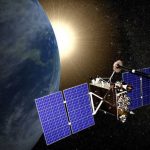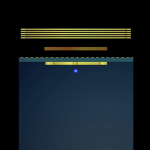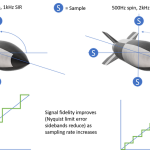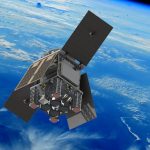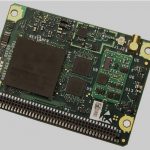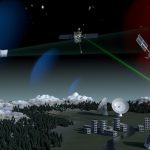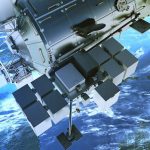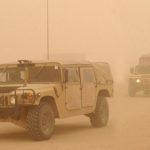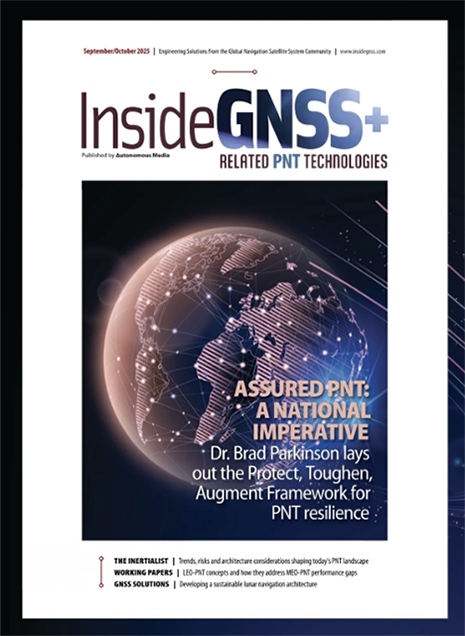GLONASS to Launch First New-Generation K2 Satellite Late This Year
The launch of the first next-generation GLONASS K2 satellite is set for late 2021, according to a statement by Nikolai Testoyedov, CEO of the Reshetnev Information Satellite Systems Company, the satellites’ producer. The satellite will begin the next modernization phase of Russia’s GNSS.
By Inside GNSS
